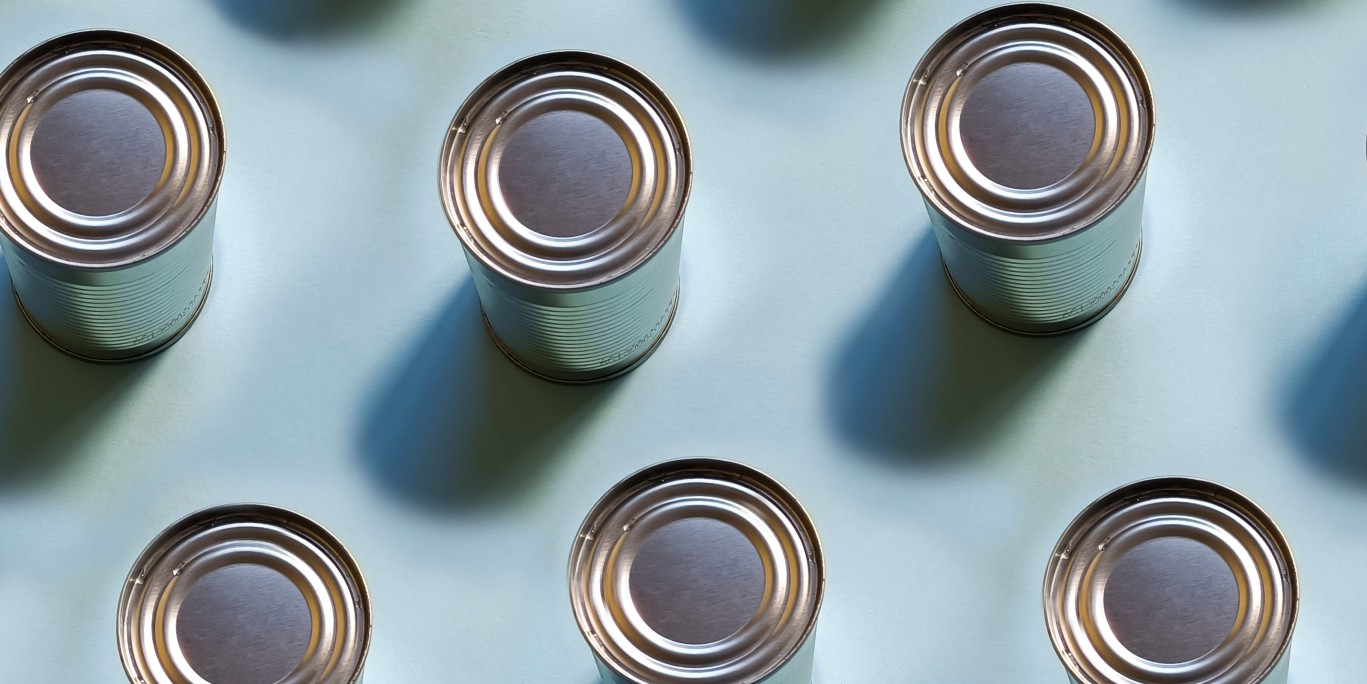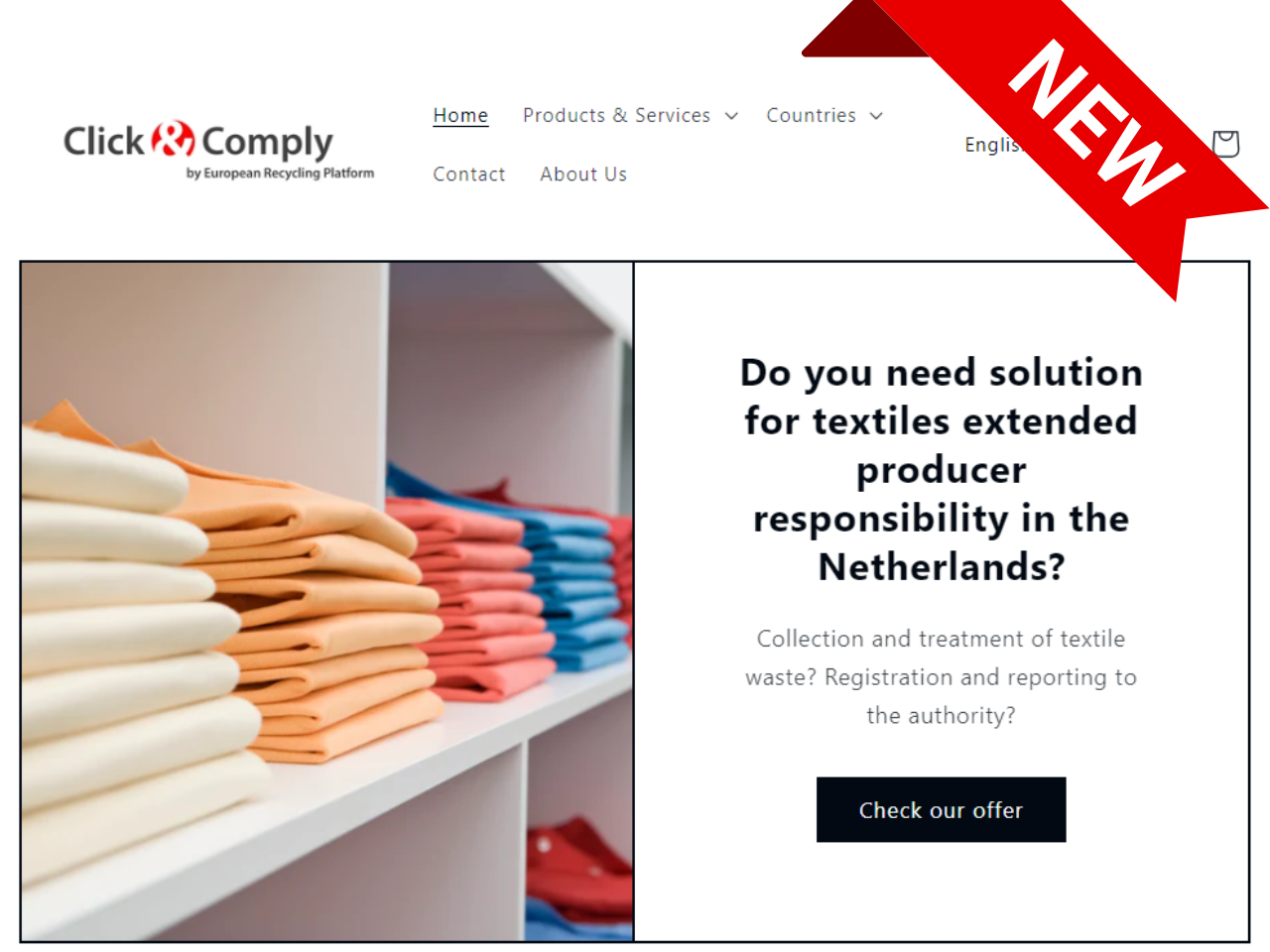Lithium, cobalt, nickel, silicon – the Earth holds many treasures for mankind and still we are treating our planet as if we had a spare one.
Mining minerals and metals from the Earth’s crust is critical for strategic sectors in the EU, from renewable energy and e-mobility to defence and aerospace.
With the energy transition and the EU’s target to reach net zero, demands are rising even more.
We need these metals for electric vehicles, photovoltaic systems, wind turbines and hydrogen technologies. The consequence: Several sectors are in competition for the same materials, that are economically important and have a high-supply risk.
The bottleneck for certain raw materials is real.
A circular economy will help mitigate this demand growth for critical raw materials.
Recycling of end-of-life products instead of an over-exploiting linear economy is key – but the potential is limited by the volume of material in circulation.
According to a study by KU Leuven, the energy transition will only profit from recycled metals after 2035, when the first clean energy technology waste is available for recycling.
In the meantime, we need to find new technologies, innovative ideas and support creative business models that help collection, sorting, and recycling of critical raw materials. Moreover, we should use one sector’s waste as raw material for other sectors.
With the Green Alley Award, we explore several new technologies and trading marketplaces for critical raw materials.
Find out more about the award here.
–
This is from a LinkedIn post by Jan Patrick Schulz, Landbell Group’s CEO. Check out all his posts here.
Sign up for our monthly
report COMPASS here:
Your email












